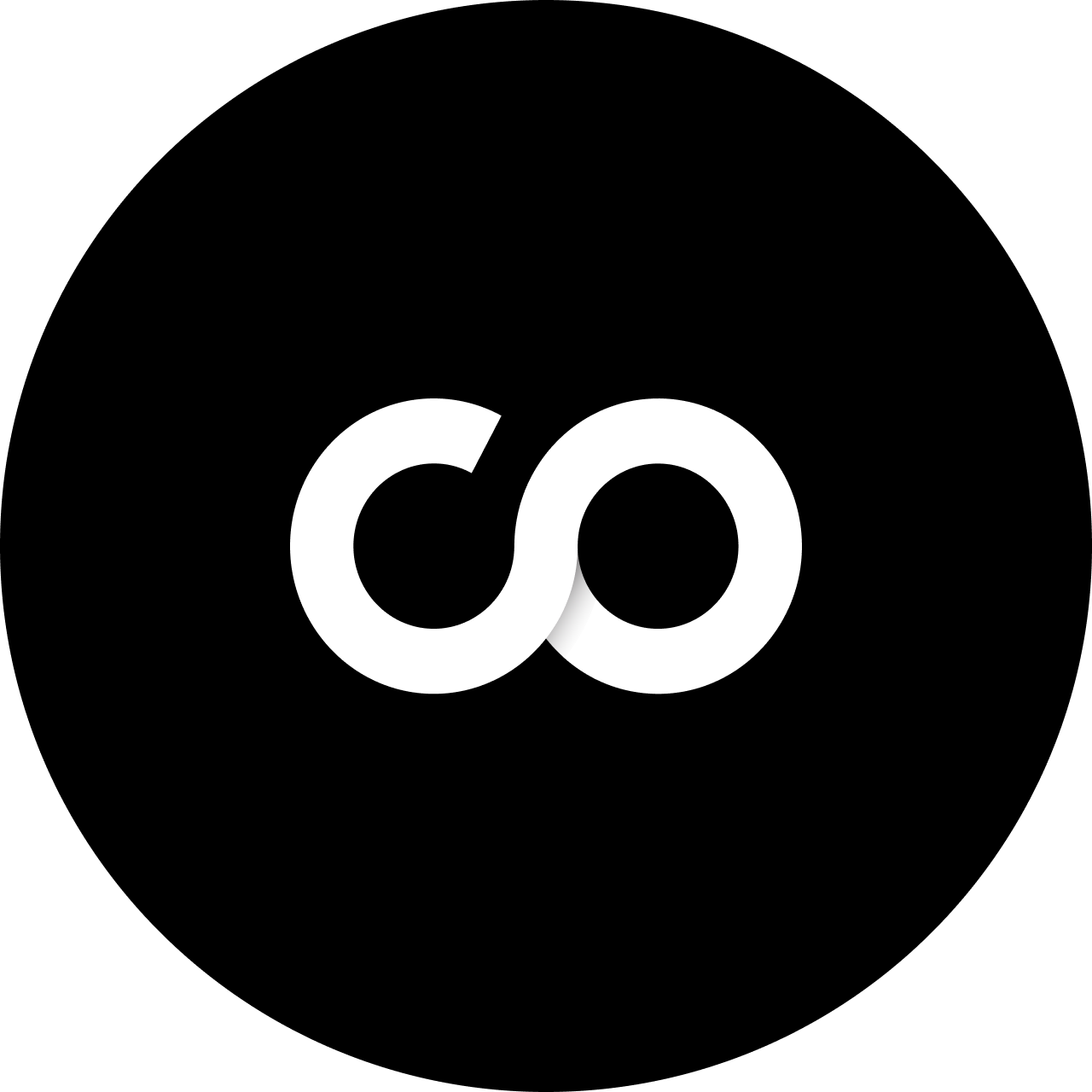
An increasing number of healthcare companies have adopted health information technology to manage their medical charting requirements in recent years. By employing software solutions, doctors can decrease errors in charting, enhance the quality of care they give, and spend more time with patients rather than manually documenting.
Health institutions are employing medical charting technologies to more effectively record patient information as pen-and-paper charting is gradually phased out. This helps boost daily traffic and income potential.
More than ever, nurses and physicians need to have access to a patient’s whole medical history. Medical charting software works to maintain accurate and current patient information because paper records are more likely to have errors and problems with handwriting and legibility.
This, in turn, leads to more accurate diagnoses and effective treatment plans, allowing your physicians to increase patient satisfaction consequently.
The global electronic health records market size was estimated at USD 29.06 billion in 2023 and it is anticipated to grow at a compound annual growth rate (CAGR) of 4.1% from 2024 to 2030. Let’s discuss how medical charting systems can bring about a great revolution.
Medical Charting for Better Patient Care
All of a patient’s clinical information and medical history are comprehensively documented in a medical chart.
- Patient data, such as Demographics, vital signs, diagnoses, prescriptions, allergies, lab/test results, treatment plans, dates of immunizations, progress notes, and more, are kept on file through patient charting.
- You can quickly and easily keep track of test results, medication information, and patient medical histories with medical charting software.
Essentially, the program functions as an electronic counterpart of a traditional paper chart that would need to be saved, carried to doctor’s offices, and manually filled out.
All of a patient’s data may be easily accessed, analyzed, and edited at any time with the help of an EMR/EHR solution. Real-time editing of charts guarantees that users of the software have access to the most recent and correct patient data.
Potential benefits of medical charting software
Nearly all healthcare organizations benefit greatly from medical charting systems, which offer a number of advantages to both patients and doctors. Good EHR/EMR systems notify medical staff members of any missing, erroneous, or incomplete medical records.
The following are some of the main advantages and benefits of using an all-inclusive patient charting software solution:
Accessibility To Health Information
Information about patients can now be shared more easily than ever between physicians, specialists, and even departments thanks to medical charting technologies.
- Doctors can rapidly see data, including patient histories, known allergies, prior procedures, used prescriptions, test results, and anything else that might be pertinent to therapy or diagnosis because everything is digitally saved and available on demand.
- An expert doesn’t need to wait for a medical chart to be sent or faxed—all they need to do is log in to the system to obtain one quickly.
- Instead of having to go through numerous pages of records, doctors can get the information they need fast by utilizing keywords or terms to search through the data.
Improved Diagnosis and Treatment
By using medical charting systems correctly, you may dramatically reduce the number of errors made when filling out outpatient charts and greatly enhance patient diagnosis and treatment.
Errors and problems with handwriting or legibility in medical charts can frequently result in erroneous diagnoses and can worsen patients’ conditions. These mistakes in medical charts are greatly decreased with EMR/EHR software.
Health analytics and population health technologies are also included in many EMR/EHR software packages to help your facility raise the standard of care. Additionally, these data allow you to compare your professionals’ efficacy and performance to those of other firms.
Furthermore, according to The Journal of Medical Internet Research, EHRs have helped in the reduction of costs (56%); and an increase of healthcare quality (78%).
Security of Information
Paper records are always at risk of accidents and various hazards. For example, a fire or a flood could wipe out an entire hospital’s patient history without any chance of recovery. Paper medical records can also be misplaced, lost, stolen or tampered with, which can result in greatly reduced effectiveness of patient care.
This problem is taken care of with the introduction of patient charting software. These applications come with frequently updated recovery databases so that, even in the case of a system failure, you can recover data quickly.
Obviously, electronic systems have their own vulnerabilities, particularly in terms of potential unauthorized access. However, the security systems that are in place for the leading EMR solutions can usually keep the data safe from security breaches.
Increased Productivity of Hospitals
EMR systems have the potential to improve patient workflow and boost productivity in a number of ways for clinics and practices. EHR/EMR software systems facilitate the speedy completion of medical records, freeing up clinicians to spend more time with patients and make more accurate diagnoses.
Doctors can devote more of their time to treating patients by spending less time recording and charting. These solutions also enable you to create a uniform patient care documenting procedure for the clinic as a whole.
Among other things, they increase biovigilance monitoring, quality improvement, and data mining.
Personalized Treatment Plans
Healthcare professionals can develop individualized treatment regimens based on data-driven insights by using patient charting software. Clinicians can customize treatment plans to fit the unique requirements of each patient by looking at past data and patterns.
In addition to increasing patient happiness, this individualized strategy improves treatment outcomes and lowers the risk of unfavorable events.
Decision Support Tools
Clinical recommendations, medication interaction alerts, and risk assessment algorithms are just a few of the decision assistance capabilities that are included in many patient charting software platforms.
These tools indicate possible problems or contraindications and offer pertinent information to assist doctors in making evidence-based decisions. Using these decision-support technologies can help healthcare professionals provide safer and more efficient treatment.
Challenges and Solutions
- Data security and patient privacy are issues that are brought up by the digitization of health records. To protect sensitive health data, strong cybersecurity measures are necessary, such as access controls and encryption.
- Considering the variety of healthcare systems, achieving seamless interoperability continues to be difficult. To overcome this difficulty, ongoing efforts are being made to establish standardized standards and encourage data exchange.
FutureTrends and Innovations
- The integration of AI technologies within patient charting systems holds the promise of data analysis, pattern recognition, and personalized treatment recommendations. This not only enhances diagnostic accuracy but also contributes to the evolution of precision medicine.
- Blockchain technology is being explored to address issues of data security and integrity in patient charting software. Its decentralized and tamper-resistant nature has the potential to enhance the trustworthiness of health records.
To Conclude
In conclusion, patient charting software plays a pivotal role in enhancing clinical care through data-driven decision-making. By streamlining data management, providing real-time access to critical information, supporting personalized treatment plans, and enabling continuous improvement through data analytics, these platforms empower healthcare providers to deliver safer, more effective, and patient-centered care.
As technology continues to evolve, patient charting software will remain a cornerstone of modern healthcare, driving innovation and improving outcomes for patients worldwide.
Team Codewave can help you fill the skill gap. Our professionals with expertise in Web technologies can build high-performing, highly secure software solutions for you.
From revamping your existing siloed tech stack to building new intelligent digital capabilities from scratch, we have your back.
Do explore our services, and feel free to reach our consultants for developing innovative patient charting applications.
